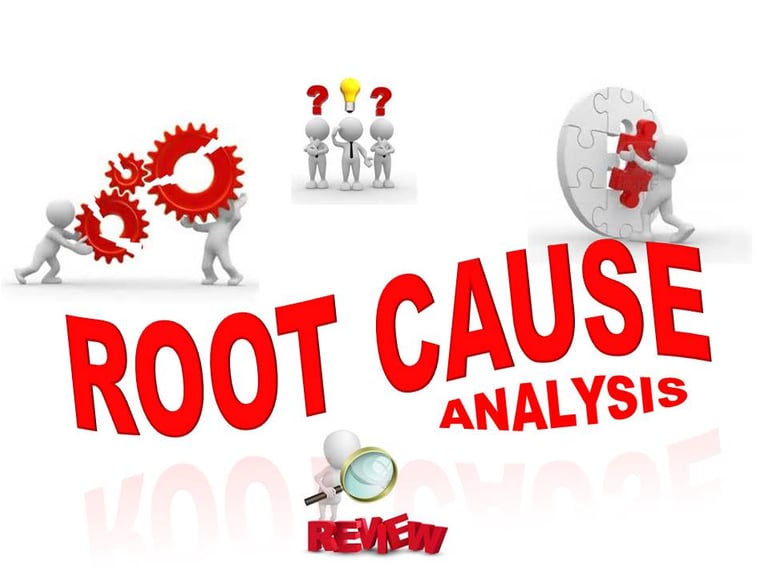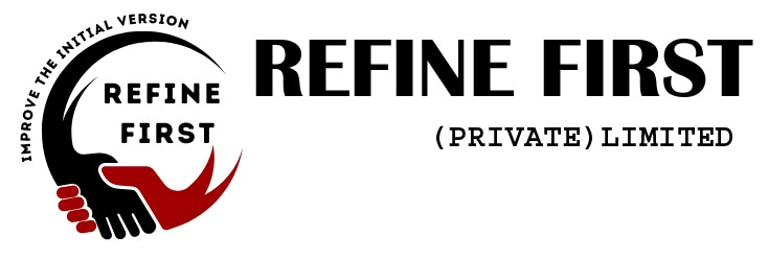ROOT CAUSE ANALYSIS
Overview of Root Cause Analysis (RCA):
Objective:
To identify the underlying causes of a problem or incident, rather than just treating its symptoms.
Key Components:
1. Define the Problem: Clearly defining the issue to be investigated.
2. Gather Data: Collecting relevant data and information about the incident.
3. Identify Possible Causes: Brainstorming potential causes of the problem.
4. Analyze Data: Analyzing data to identify the root cause(s) of the problem.
5. Verify the Root Cause: Verifying the identified root cause(s) through evidence and testing.
Benefits:
1. Effective Problem-Solving: Identifying and addressing the underlying causes of problems.
2. Reduced Recurrence: Reducing the likelihood of similar incidents occurring in the future.
3. Improved Quality: Enhancing quality and reliability of processes and products.
4. Cost Savings: Reducing costs associated with repeated problems and incidents.
Tools and Techniques:
1. 5 Whys: Asking "why" five times to drill down to the root cause.
2. Fishbone Diagram: A visual tool for identifying and organizing possible causes.
3. Pareto Analysis: Identifying the most common causes of problems.
Applications:
1. Quality Management: Identifying and addressing quality issues.
2. Safety and Risk Management: Investigating incidents and near-misses.
3. Process Improvement: Optimizing processes and reducing variability.


